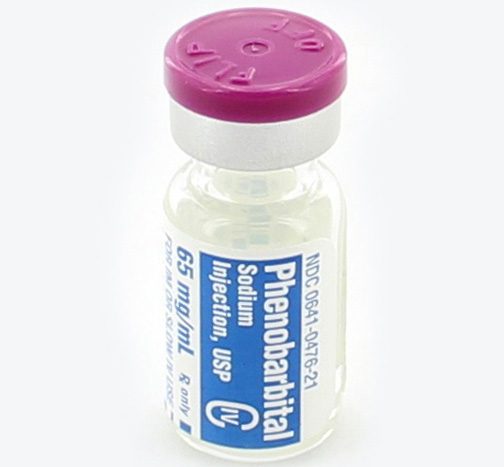
Based on the decision on psychoactive substances, that is, designer drugs that are prohibited to be placed on the consumer market, control over 54 new designer drugs begins in Finland. Of this group, 38 substances are completely new, and the remaining 16 substances are isomers of the position related to these substances. These substances are used only for the purpose of stupefying, and they can be harmful or dangerous to health. The manufacture, import, storage, sale and alienation of these substances is prohibited. Their storage and use, however, do not entail punishment. The psychoactive substances prohibited to be placed on the consumer market are not drugs or drugs. Control of such substances is important because they spread rapidly throughout the European Union. A new designer drug is notified in the European early warning system about once a week. In connection with the spread of Internet sales and the free movement of substances, it is also easy to purchase in Finland. The most common group of new designer drugs consists of synthetic cathinones, which are akin to the drug cat. Catinones have a stimulating effect, as well as substances similar to amphetamines. One of the most famous designer cathinones in Finland is MDPV, which already has an international classification as a narcotic drug. The second largest group of designer drugs are synthetic cannabinoids. Their use is fraught with serious additional risks in comparison with the risks arising from the use of cannabis (cannabis) of plant origin. These substances can be extremely potent, besides their exact dosing is difficult. They are offered both in the form of pure powder and as a part of various herbal mixtures. Last year, fewer new substances entered the global market for designer drugs than in previous years. The authorities, however, are concerned about the growing number of synthetic opioids on the market, as these substances are the most dangerous among designer drugs. The level of effectiveness of these substances varies, and they are sold in various forms. Opioid use can lead to severe body poisoning, which, in the worst case, can cause respiratory paralysis. A proposal for the inclusion of new substances in the state control came from the Agency for Safety and Development in the field of pharmaceuticals (Fimea).

Five new synthetic opioids under international control
The Government’s decree on substances, preparations and plants classified as narcotic drugs (narcotic drugs ordinance) is modified to transfer five potent synthetic opioids to other applications of the ordinance. From this it follows that these substances will be further controlled in Finland and on the basis of the UN conventions in the field of narcotic drugs. The decision was taken by the UN Commission on Narcotic Drugs in March. All five substances have previously been considered narcotic substances subject to control in the territories of Finland and the European Union.

These substances are established carfentanil, okfentanil, furanilfentanil,
4-fluoro-isobutyrfentanyl (4F-iBF) and acryloylfentanyl (acrylfentanyl). Based on this UN decision, tetrahydrofuranylfentanil (THF-F) will be classified for the first time in Finland as a narcotic drug. Hazardous substance assessment conducted by the World Health Organization.
In structure, these substances are similar to fentanyl, used as an analgesic and classified as a narcotic. Fentanyls are extremely dangerous synthetic opioids, because the effective doses are so small that their exact dosing is difficult. Their overdose leads to fatal paralysis of the respiratory system. Substances released to the market without confidence in the composition or purity of the goods sold. In addition, they can be offered for sale in the form of completely different goods or substances, like those that they really are. Fentanyl is a big problem, including in Estonia. In 2017, more than 100 deaths were reported in Sweden that were associated with fentanyl.

The manufacture, importation, warehousing, marketing, alienation and use of these substances, as well as their possession are prohibited and punishable offenses. The use of these funds by road users is strictly prohibited. A ban can slow down or even stop the spread of substances among new categories of consumers, especially young people. It also improves the ability to control.
At the same time, an amendment will be made to the narcotics decree that transposes the synthetic cannabinoids ADB-CHMINACA and CUMYL-4CN-BINACA, classified as psychoactive substances that were previously banned in Finland from being placed on the consumer market, in annex III of that decree. This action is based on a decision taken by the European Union in May to control substances throughout the European Union. The above synthetic cannabinoids are significantly stronger than cannabis, and their precise dosing may be difficult.













